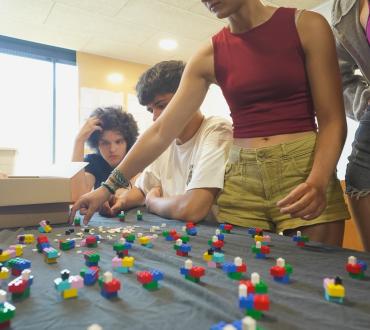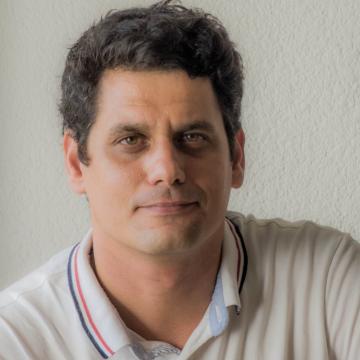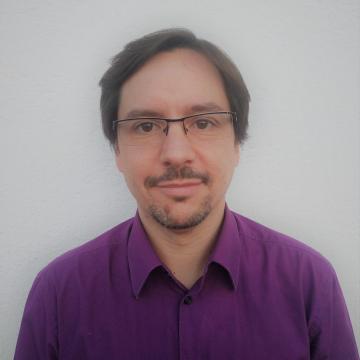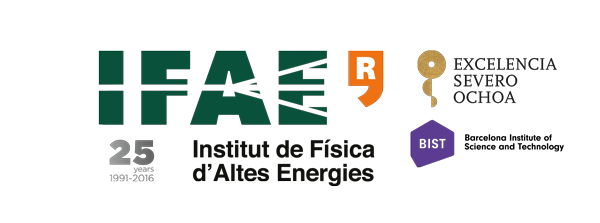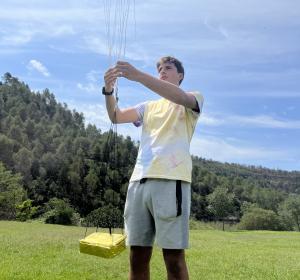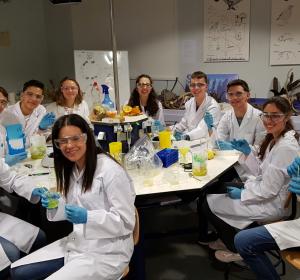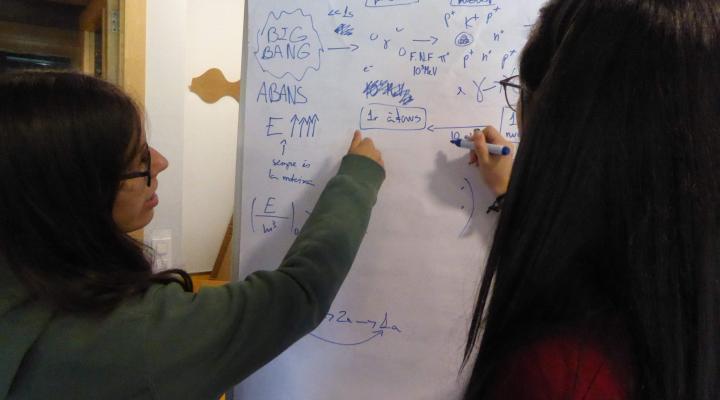
The why of everything or how particle physics can help you understand the mysteries of the universe
Informació bàsica
The reality around us is complex, surprising, sometimes mysterious. What if we could understand it by relating macroscopic, everyday, and apparently well-known phenomena with microscopic phenomena, random and probabilistic, to end up understanding that everything is connected? Particle physics allows us to dive into this connection, to explore the why of everything using a minimum of mathematical formulation. Come to experience the mysteries of the cosmos and be surprised by this fascinating theory.
What will you learn?
Modern physics shows us a fantastic reality, sometimes unexpected and unintuitive. Theory and experiments have built a model that allows us to explain what we see from the smallest to the largest, from the origin of time to the present day..., and what will come. And it does so in a way that never ceases to amaze us by its probabilistic and seemingly random character.
In this project we dive into particle physics to see what surrounds us with new eyes. To understand the smallest, you have to understand the largest, and to explain the largest, the dynamics of the smallest is essential. This deep connection of the laws of nature opens the doors to a speculative and exhaustive world like we had never imagined before.
We will address light and its quantum phenomena, the particles of the standard model and their probabilistic behavior, space and time, mass and energy..., The goal is to be able to explain macroscopic phenomena, those that you observe on a day-to-day basis, in a completely new way. But to do so we must enter into the fantastic reality that particle physics shows us.
In this search for the why of everything, we will work as theoretical physicists do: making models and testing them, debating, contrasting, exploring. We will not focus on mathematics but on concepts and creativity, without limits. We will use minimal materials but with the maximum scientific rigor. We will get the most out of intuitions, and we will learn more when they fail.
The project is structured in 3 thematic blocks that serve to address modern physics: space, time and energy. To each thematic block we will dedicate 3 days of activities and study, where each day we will focus on a specific aspect of the block.
Space: In this block we will work on light and its quantum (superposition, quantization) and relativistic properties. We will use classic experiments such as Michelson's interferometer, the double-gap experiment, and blackbody radiation and do thought experiments like those made by A. Einstein to understand the relativistic properties of light.
Time: In this block we will work on the rest of the particles and one of the most important properties of the subatomic world: the probabilistic nature of phenomena. We will use simulations, experimental data, conceptual models and detectors to approach the Standard Model of particle physics and its interactions.
Energy: In this block we will work on the forces that govern the relationship between the particles. These forces go beyond what we perceive every day and have profound implications for microscopic phenomena. We will talk about mass and energy (Einstein again!) and conservation laws that help us predict what will happen. Also when everything changes and we find strange phenomena such as black holes, singularities beyond what is every day and that precisely allow us to delve into the ontological why of nature.
The final project of the students will consist of presenting 3 theoretical investigations of the relationship between the macro and the micro in a talk format as the researchers do in the conferences. Your contributions will be in the form of a guest talk and will participate in a round table, whose conclusions will be part of your individual project.
What are the participants telling about the project?
Research team
Project led by researchers from the Institute of High Energy Physics (Spain).
